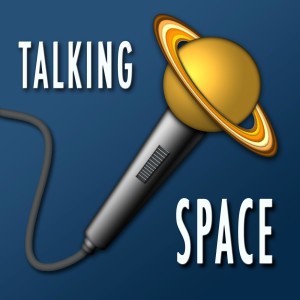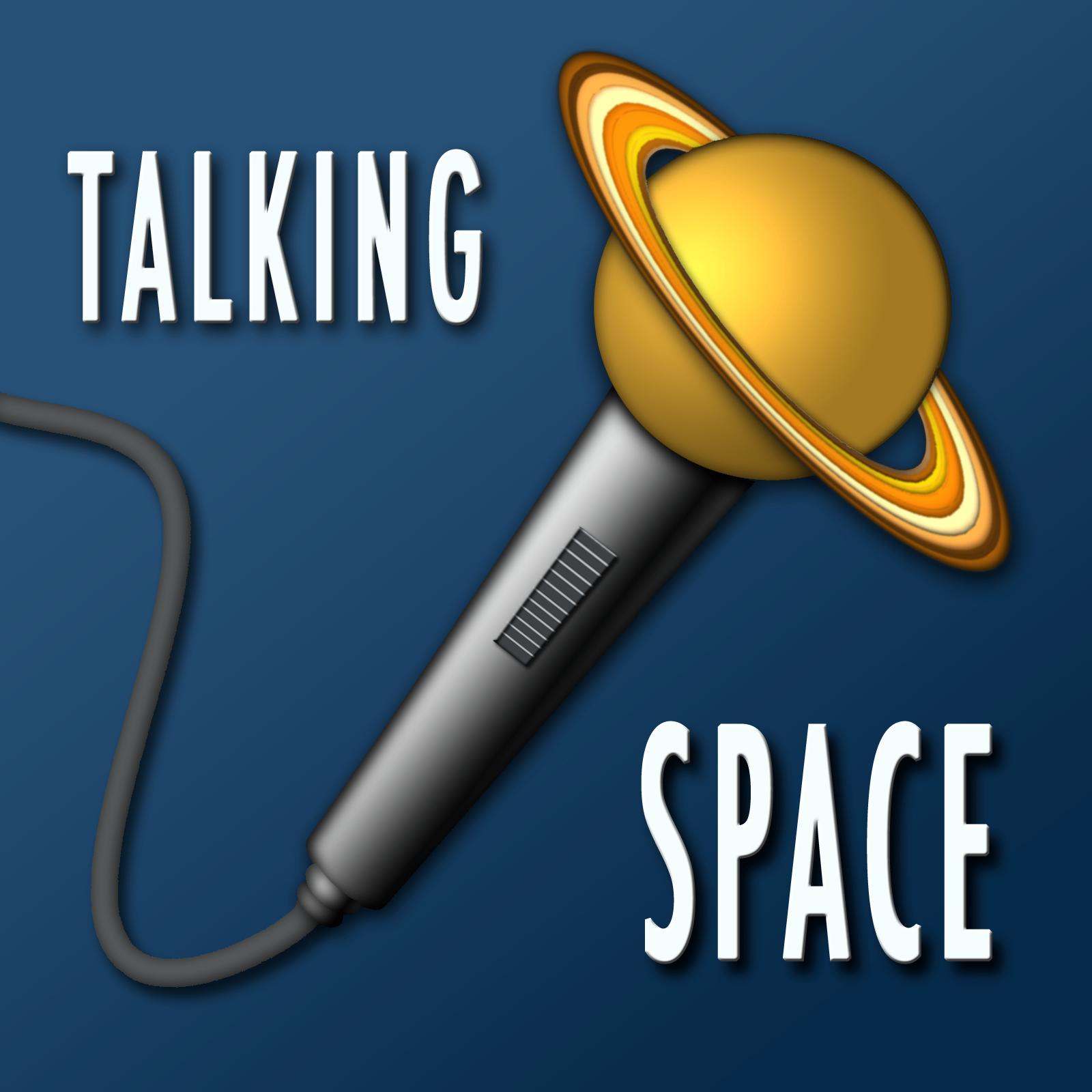Episodes

Sunday Oct 22, 2017
Episode 913: The Science of Now, Shaping Tomorrow
Sunday Oct 22, 2017
Sunday Oct 22, 2017
So many launches, so little time, and a few explosive news stories make this a jam-packed episode not to be missed! We begin by recapping the launches of the last two weeks, including three SpaceX launches in one day, Japan and China launching on the same day and both broadcasting them live, and an ESA mission launching on a unique rocket. We also had some unusual scrubs, including a Soyuz and an Atlas V, taking all V, er, 5 times to launch. We then look at some upcoming launches, including a mysterious "Zuma" payload and the move, once again, of the OA-8 mission.
Next it's onto the ISS, including looking at the most recent three spacewalks outside the orbiting platform. Also a scary story that a recent crewed Soyuz depressurized as it returned from orbit. We also disuss the major partnership between ULA and Bigelow Aerospace and their plans to have a lunar orbiting outpost. Lastly, we delve into a massive colission of two neutron stars, releasing gold and platinum, among other elements, out into space, and it being observed for the first time. We look into the significance of it and what it means for the future of science.
Show recorded 10-16-2017
Host: Sawyer Rosenstein
Panelist: Gene Mikulka

Saturday Sep 17, 2016
Episode 808: Lost and Found
Saturday Sep 17, 2016
Saturday Sep 17, 2016
We talk about the ISS Expedition #48 crew returning to Kazakhstan via the Soyuz TMA20M capsule and upcoming crew and cargo missions. Gravitational waves are causing a ripple effect in the science community. LIGO and its' value, well the science community is recognizing a need for greater emphasis on this type research. The ESA Rosetta spacecraft finds the Philae lander on comet 67P/Churyumov–Gerasimenko less than a month before the end of the Rosetta mission. Adding to the list of found spacecraft, the NASA Deep SpaceTracking Network located spacecraft STEREO-B. Hopefully future news will include establishing positive control and resumption of solar science observation. JUNO is sending spectacular pictures of Jupiter including never before seen images of the Polar Regions. JUNO is changing our understanding of the planet in dramatic ways. Citizen science is real, check out JunoCam to learn what regular people have a voice in. We again discuss the cost paid per astronaut for NASA to use Roscosmos to launch and return our astronauts to the International Space Station. So sad too bad.
Speaking of bad, on September 1, 2016 SpaceX lost the AMOS-6 Falcon 9 rocket/payload on the pad during an engine test. Investigations into the SpaceX described “anomaly” are ongoing and as of September 17 no information has been updated on the SpaceX website since September 2nd (the day after the rocket was lost). The Talking Space crew talks more about this unfortunate “anomaly” than what we’ve heard from SpaceX so far. Investigations into these type events often take more time than one anticipates....#justsayin. The Talking Space Team reminisces about our 7 years of bringing news and more to you our listener. Thank all of you for joining us here.
Show recorded 09-06-2016
Host: Sawyer Rosenstein
Panelists: Gene Mikulka, Kassy Tamanini, Kat Robison

Friday Apr 15, 2016
Episode 805: Changing of the Guard
Friday Apr 15, 2016
Friday Apr 15, 2016
The Kepler Spacecraft ran into trouble last Friday but thanks to heroic effort by the team at NASA’s Jet Propulsion Laboratory, Kepler’s search for Exoplanets can resume. We discuss the SpaceX Dragon Cargo Resupply Mission 8 and it’s cargo specifically the Bigelow Expandable Activity Module (BEAM) to be attached to the International Space Station. SpaceX also proved at least part of their business model by landing the first stage of their Falcon 9 booster on a drone ship. We discuss the implications. At the 32nd Space Symposium, United Launch Alliance and Bigelow Aerospace announced a partnership to loft Bigelow’s B330 expandable modules in 2020, thus creating a new independent space station separate from the ISS without NASA. The team looks at this groundbreaking deal. ULA was also making news this week at the Northeast Astronomy Forum (NEAF), presenting it’s blueprint for a cis-lunar economy once more independent of NASA. All of this looks at space not just a place for exploration but economic opportunity, the team discusses and explores what a future could look like.
In the second half of the show, the team opens up part one of it’s NEAF roundup with David Shoemaker of the Advanced LIGO Project and Hans Koeningsmann of SpaceX The second half of our NEAF roundup will be coming up in Episode 806.
Host: Sawyer Rosenstein
Panel Members: Kassy Tamanini & Gene Mikulka

Tuesday Feb 23, 2016
Episode 802: Ripples on the Cosmic Pond.
Tuesday Feb 23, 2016
Tuesday Feb 23, 2016
This
week we take a journey from the halls of Congress out through our solar
system, and then journey out to a point 1.3 billion light years away
from home. On February3rd, the Space Subcommittee of the House Committee on Science, Space, and Technology
met to discuss the current status of NASA’s Journey to Mars, and how it
may survive past the current presidential administration. We examine
the winners and losers in the 2017 NASA budget proposal. NASA announces the Exploration Mission 1 Launch Director and we discuss the Cygnus OA-6 Mission launch delay.
The Year In Space increment on board the International Space Station is coming into the home stretch, while back on Earth, the primary mirror of the James Webb Space Telescope (JWST) is completed.
European Space Agency’s Rosetta mission continues, but without the Philae lander that made landfall on Comet 67P in November. There has been no response from Philae since July and ESA has announced they will stop trying to contact the spacecraft. We discuss some of the highlights and lessons learned from this milestone mission. NASA releases a terrain map of Pluto’s ‘heart’ region, based on New Horizon’s spacecraft data , revealing a few big surprises.
The final story: the discovery of gravitational waves from the collision of two massive black holes. These waves reached our own planet this past September and were detected by the freshly-upgraded advanced Laser Interferometer Gravitational-wave Observatory (LIGO), providing the first proof of parts of Albert Einstein’s theory of general relativity. What does this mean and why is it so exciting? We break it down for you
The LIGO comic by Talcott Starr discussed in the episode can be found here and make sure to give it a like if you enjoy it.
Host: Sawyer Rosenstein
Panelists: Kat Robison and Kassy Tamanini

